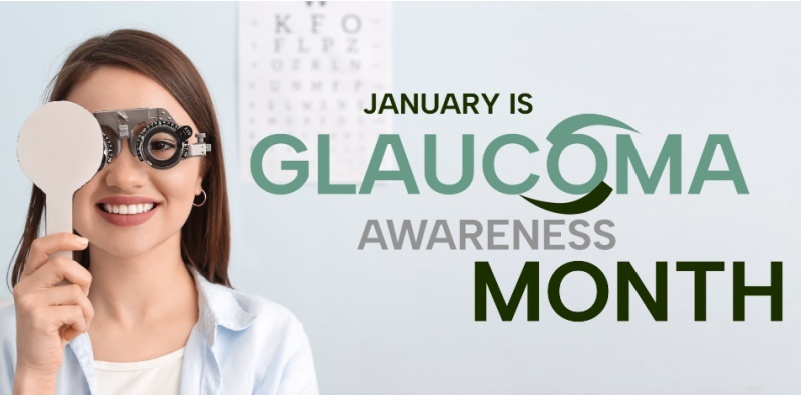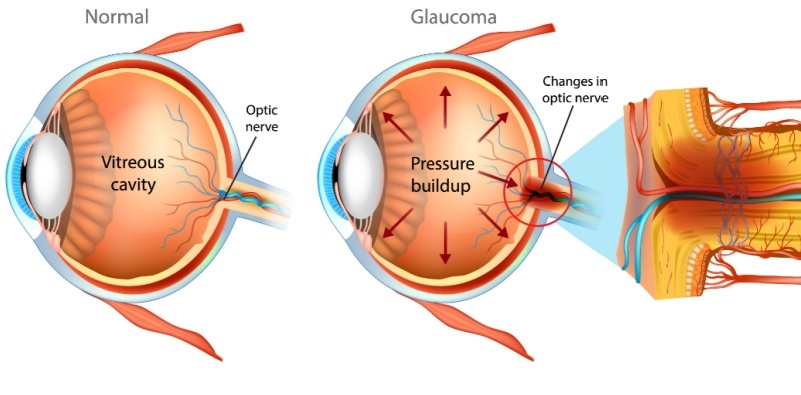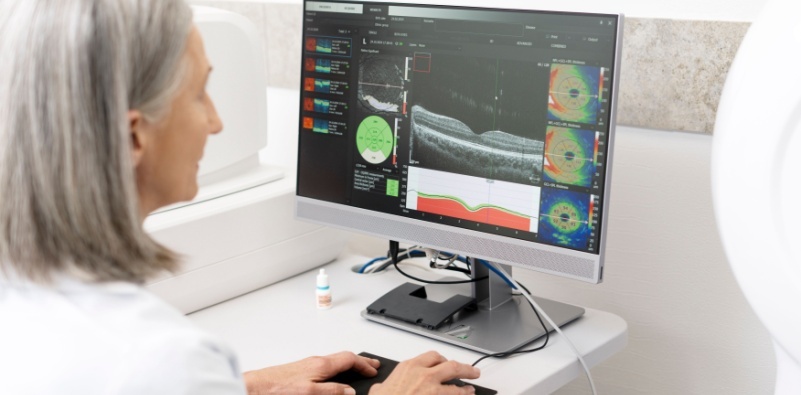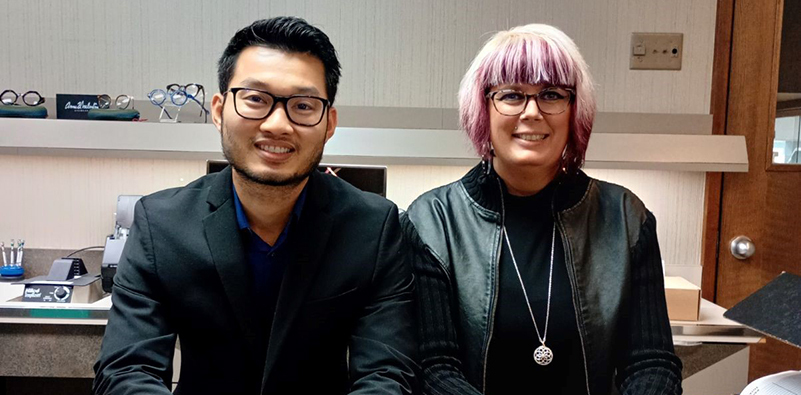Understanding the Different Forms of Glaucoma

January is Glaucoma Awareness Month – the perfect time to highlight this group of eye disorders that can slowly and irreversibly affect your vision if left untreated. Let’s take a closer look at the different forms of glaucoma and how understanding them can help you take proactive steps toward better eye health.
What is glaucoma?

Glaucoma is a group of eye conditions that can damage the optic nerve, which is responsible for sending visual information from the eye to the brain. This damage often stems from increased pressure in the eye, known as intraocular pressure. If left untreated, glaucoma can lead to gradual vision loss and, in severe cases, complete blindness.
Different forms of glaucoma

Understanding the various types of glaucoma can help you recognize the warning signs and know when to seek professional help.
Open-angle glaucoma
This is the most common type and develops gradually over the years, often starting with subtle peripheral vision loss. The tricky part? Open-angle glaucoma is usually symptomless early on and is often described as the silent thief of vision.
Acute-closure glaucoma
This form of glaucoma appears suddenly and demands immediate medical attention. Symptoms may include severe eye pain, nausea, blurred vision, and even seeing halos around lights. If any of these occur, don’t hesitate—get help right away to avoid vision loss.
Normal-tension glaucoma
Even in the absence of high intraocular pressure, this type can still damage the optic nerve. Some researchers believe this may be due to poor blood circulation to the nerve.
Congenital glaucoma
This rare type is present from birth and results from improper development of the eye drainage system. It often requires early and specialized care to protect vision.
Symptoms to look for: what is the first sign of glaucoma?

Glaucoma symptoms can vary depending on the type but being alert to changes in your eyesight is critical. Changes to your vision could include:
- Gradual or sudden vision loss, mainly in your peripheral vision.
- Severe eye pain paired with nausea or vomiting, which may point to acute-closure glaucoma.
- Blurred vision, halos around lights, or unusual redness in the eye.
- Heightened sensitivity to light.
Because some types of glaucoma are asymptomatic until significant damage occurs, regular eye exams are crucial for early detection.
Who’s at risk?

Glaucoma can affect people across all demographics, but certain groups have a higher risk.
- Age – Your likelihood of developing glaucoma jumps significantly after the age of 40.
- Family History – Genetics play a role, so if close relatives have glaucoma, your risk rises.
- Medical Conditions – Issues like diabetes, high blood pressure, or severe near-sightedness can increase your risk.
- Ethnicity – African American, Hispanic/Latino, and Asian populations are more prone to developing certain types.
By becoming familiar with your health risks and family history, you’re already taking an important step toward preserving your vision.
The importance of regular eye exams

Early detection is the key to managing glaucoma effectively. We use advanced, non-invasive technology like optical coherence tomography (OCT) to take highly detailed 3D cross sectional images of the back of your eyes. This allows our eye doctors to detect glaucoma in its earliest stages, often before you notice any symptoms.
If glaucoma is identified, our experienced team will create a personalized treatment plan to help protect your vision from further damage.
Protect your vision

For peace of mind that your vision is at its best, schedule a comprehensive eye exam with your eye doctor in Fort Wayne or Warsaw now. Our state-of-the-art technology and personalized approach will ensure you’re well-informed and able to manage your eye health effectively.
